 In the beginning there was Che Fu’s head. It pops up in a black void, before it’s suddenly revealed that Che and the nine members of his band are standing atop a strange brown platform. They discover that, oddly enough, they all have cables trailing from their backs and they can make musical sounds from their mouths. No one seems alarmed by this situation, and they excitedly plug their biocables into jacks.
In the beginning there was Che Fu’s head. It pops up in a black void, before it’s suddenly revealed that Che and the nine members of his band are standing atop a strange brown platform. They discover that, oddly enough, they all have cables trailing from their backs and they can make musical sounds from their mouths. No one seems alarmed by this situation, and they excitedly plug their biocables into jacks.
Plugged in, the song starts with the sound graphing itself on the wall below the platform. Such is the power of the song that even unplugging it keeps the visual tricks going, with frequency graphics bouncing around the posse’s shirts.
The location is slowly revealing itself to be like a real-life video game, though with no apparent challenges, enemy to fight or princess to save. The gang throw Tetris blocks off the wall, then the wall turns into a Mario-inspired universe, with mushrooms and coins flying around. A flower pot appears and – obviously – Che plugs a cable into it. This transports the group to a real-life outdoor scene, some proper New Zealand bush.
The guys groove on, and are visited by one of the giant mushrooms from the earlier location. There’s no sign of Princess Peach. The video ends with the bush scene falling away in Tetris-like pieces, suggesting it’s no more real than the video game location.
The video feels like Che Fu, at the top of his game, making the music video he wants to make – and it was nominated for Best Video at the 2003 New Zealand Music Awards. It’s him and his mates reliving an ultimate childhood fantasy of exploring a video game for real. And maybe that’s the videos weakness – it feels a bit too much of “Hey, check out this cool shizz!” with little more to it. Unless I’ve overlooked a metaphorical commentary on the nature of the music industry.
Best bit: the pounamu piece smashing the Tetris blocks.
Director: Che Fu
Ngā Taonga Sound & Vision
Next… it’s great when you’re straight.


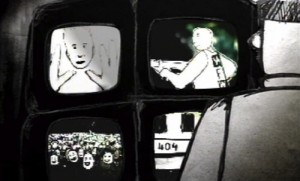 It’s Eye TV’s final NZ On Air-funded video. They had 15 funded videos, which puts them on par with Garageland and Tadpole. It’s kind of nice that their final video was directed by Greg Page, whose music-video-directing career developed alongside Eye TV’s music career.
It’s Eye TV’s final NZ On Air-funded video. They had 15 funded videos, which puts them on par with Garageland and Tadpole. It’s kind of nice that their final video was directed by Greg Page, whose music-video-directing career developed alongside Eye TV’s music career.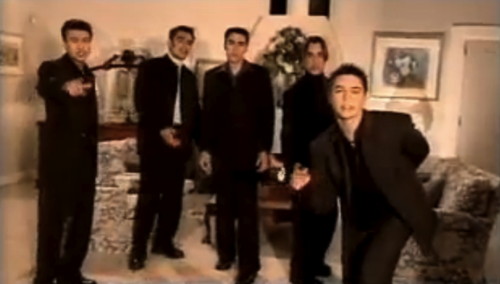
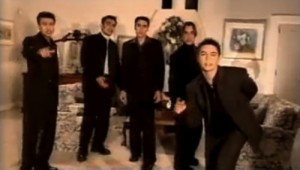 The En Masse story goes a little something like this. A couple of Christchurch businessmen noticed the success of overseas boybands and their successful managers. They fancied themselves to be the Lou Perlmans of the South Pacific so they put together a boyband called En Masse.
The En Masse story goes a little something like this. A couple of Christchurch businessmen noticed the success of overseas boybands and their successful managers. They fancied themselves to be the Lou Perlmans of the South Pacific so they put together a boyband called En Masse.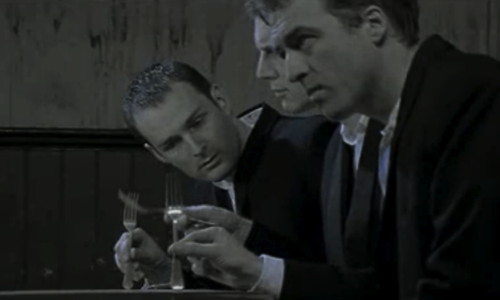
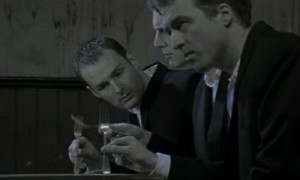 There are plenty of music videos that are set in classrooms, but the learning facility of “Turn Me Around” is delightfully surreal. Damien enters a classrom where all the students are men his age, all neatly dressed in the same suit.
There are plenty of music videos that are set in classrooms, but the learning facility of “Turn Me Around” is delightfully surreal. Damien enters a classrom where all the students are men his age, all neatly dressed in the same suit.
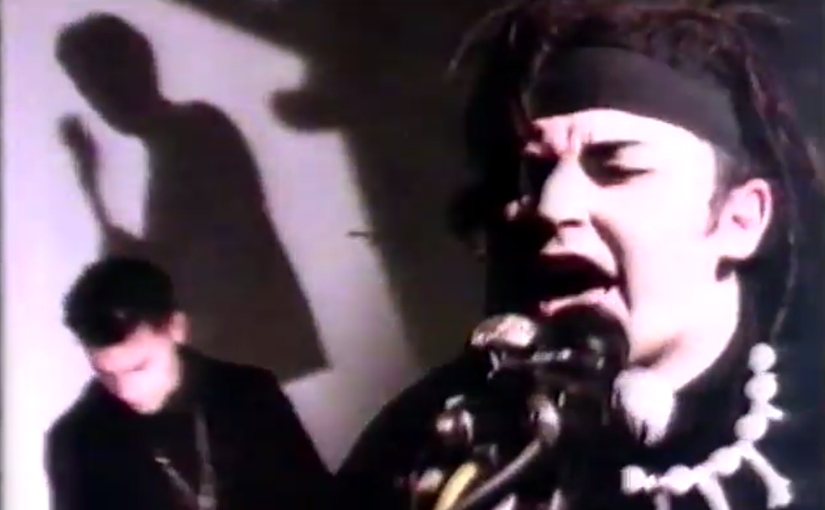
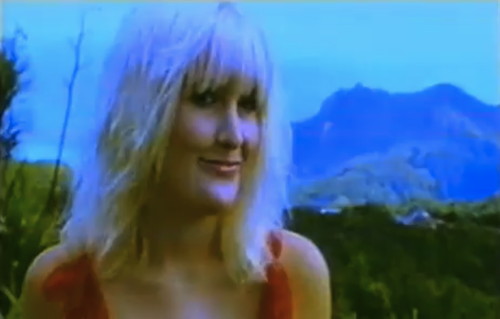
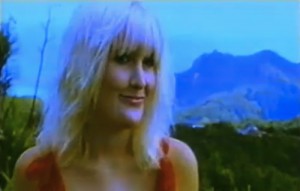 The YouTube description for this video notes, “I don’t really know anything about them, just found it on an old VHS tape.” That’s what I like to see. Get those old videos online, especially if they seem obscure.
The YouTube description for this video notes, “I don’t really know anything about them, just found it on an old VHS tape.” That’s what I like to see. Get those old videos online, especially if they seem obscure.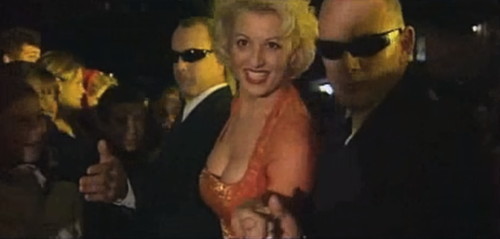
 Sometimes the world of NZ On Air-funded music videos throws in some real gems. Presenting the Ross Brothers, a high school band from Oamaru. Their big break was from winning a song competition for a national Coke ad campaign, and soon after came a profile on the Holmes show. This got them the attention of Universal, and soon enough they had some NZ On Air funding to record their single and make a video.
Sometimes the world of NZ On Air-funded music videos throws in some real gems. Presenting the Ross Brothers, a high school band from Oamaru. Their big break was from winning a song competition for a national Coke ad campaign, and soon after came a profile on the Holmes show. This got them the attention of Universal, and soon enough they had some NZ On Air funding to record their single and make a video.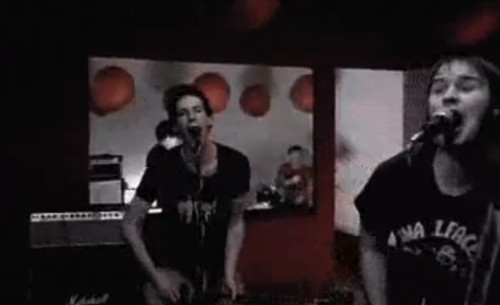
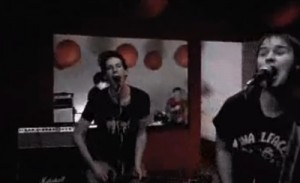 After three missing videos, finally the D4 turn up with “Party” a song about partying. By this stage the group had a little chart success in the UK (something they never experienced in New Zealand) and were well regarded as part of the cool new rock ‘n’ roll scene that was shaking up the early ’00s. The Face magazine featured the band in their “40 messed up new bands” special, noting the group’s upcoming “rev-your-bike-up new single” called “Party”.
After three missing videos, finally the D4 turn up with “Party” a song about partying. By this stage the group had a little chart success in the UK (something they never experienced in New Zealand) and were well regarded as part of the cool new rock ‘n’ roll scene that was shaking up the early ’00s. The Face magazine featured the band in their “40 messed up new bands” special, noting the group’s upcoming “rev-your-bike-up new single” called “Party”.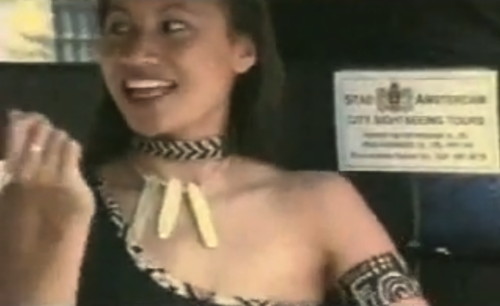
 “Pate Pate” is an ode to having a good time dancing to the sweet rhythms of the pate log drum. Sung in Tokelauan (a rarity in the world of NZ On Air video funding), it’s an upbeat and highly danceable number. According to Wikipedia, the song was “number one in the South Pacific”, but, uh, citation required.
“Pate Pate” is an ode to having a good time dancing to the sweet rhythms of the pate log drum. Sung in Tokelauan (a rarity in the world of NZ On Air video funding), it’s an upbeat and highly danceable number. According to Wikipedia, the song was “number one in the South Pacific”, but, uh, citation required.